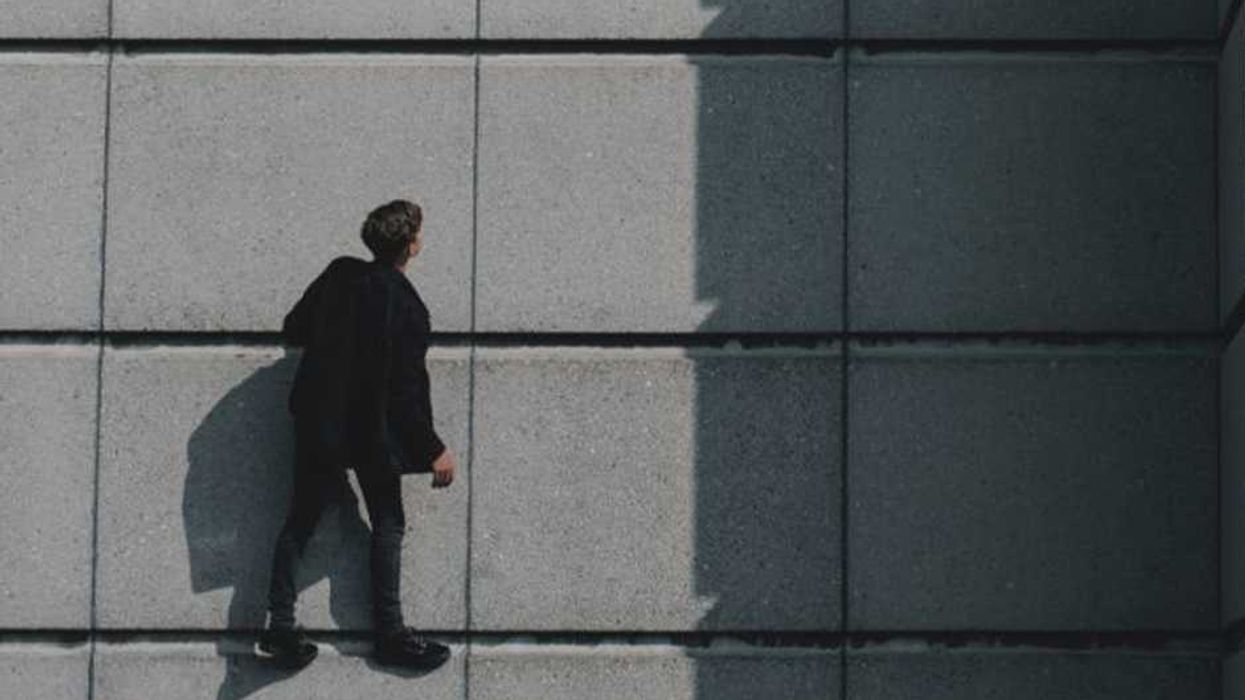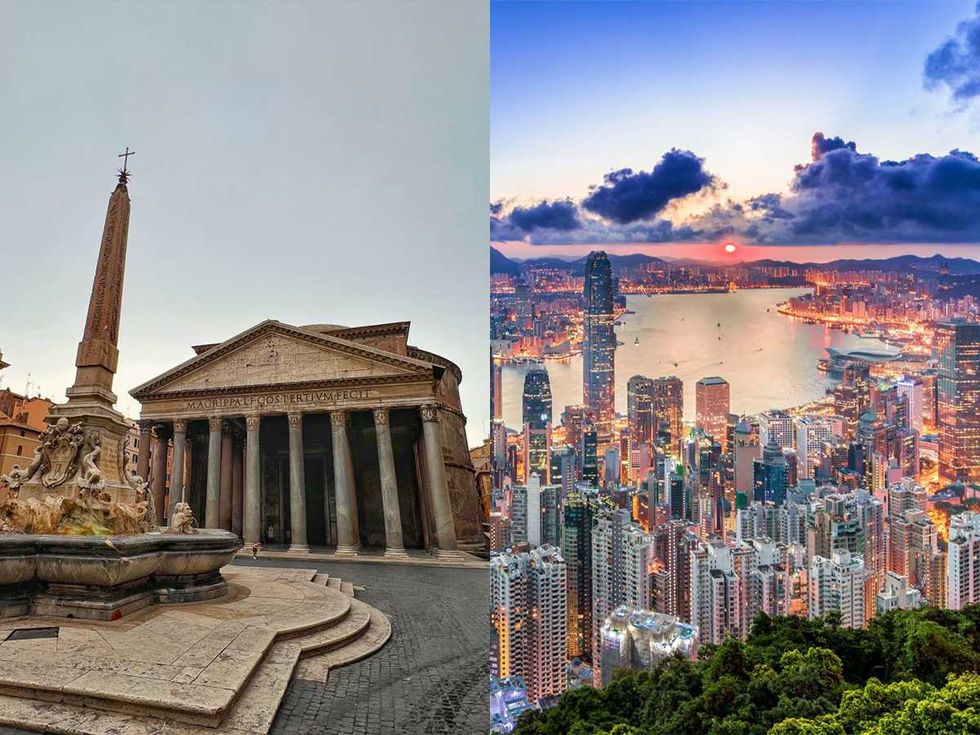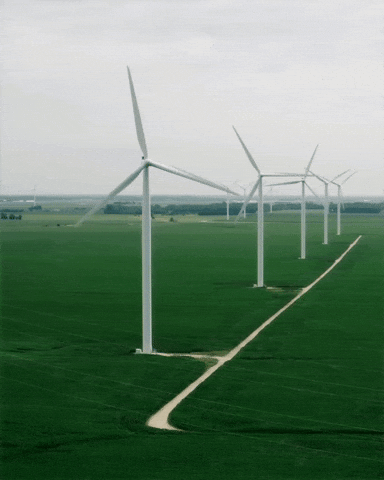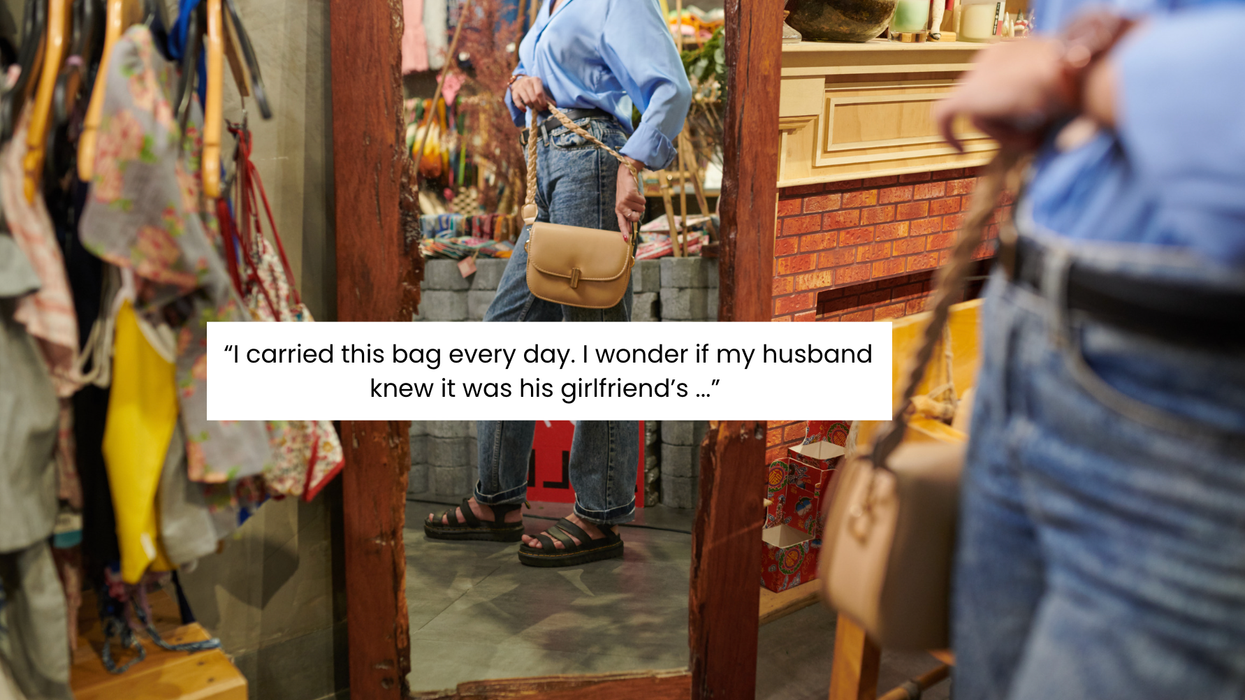One of the major challenges facing renewable energy sources, such as wind and solar energy, is storage. It's one thing to collect the energy; it's a whole other massive undertaking to find ways to store it until needed.
Researchers at the Massachusetts Institute of Technology may have completely resolved this issue. They've discovered a scientific breakthrough in concrete, and it could change everything about how we store and use green energy.

Scientists create electron-conducting carbon concrete
The 2025 study, published in PNAS, discusses a multi-functional material that combines structural performance with electrochemical energy storage. Scientists at MIT developed EC3, an electron-conducting concrete, by mixing cement, water, ultra-fine carbon black, and electrolytes to form a conductive "nanonetwork." Sidewalks, bridges, roads, and even wall structures can be used to store and release electrical energy. These batteries can be the building blocks of our future.
Admir Masic, lead author of the study and associate professor of civil and environmental engineering at MIT, was quoted in MIT News saying, "A key to the sustainability of concrete is the development of ‘multifunctional concrete,’ which integrates functionalities like this energy storage, self-healing, and carbon sequestration." Masic continued, "Understanding how these materials ‘assemble’ themselves at the nanoscale is key to achieving these new functionalities.”

Historic inspiration in architectural achievement
"The Ancient Romans made great advances in concrete construction," Masic said. "Massive structures like the Pantheon stand to this day without reinforcement. If we keep up their spirit of combining material science with architectural vision, we could be at the brink of a new architectural revolution with multifunctional concretes like ec3."
Using the Roman arch as inspiration, researchers built the structure to demonstrate how energy storage can work with structural form. The arch was capable of supporting itself and powering an LED light.
A concrete construction using EC3, the size of a common household refrigerator can store over 2 kilowatt-hours of energy, which is the same amount necessary to run a refrigerator for a day.

How EC3 can revolutionize green energy storage
Using renewable energy sources like wind and solar is a more complicated process because the sun and wind don't always behave the same every day. Long-duration energy storage is required to help save extra energy for times when there isn't much wind or sun.
A 2024 study on energy storage found that even understanding what amount of storage required is complicated. Where energy sources are located, what the weather patterns are like, and even how people use the energy all greatly affect the required storage.
Another complication is cost efficiency. The longer the energy is stored, the bigger the losses. A 2020 study explained that the fixed cost per usable output was extremely high. For example, when a system can store 100 hours, but doesn't need to always use it, keeping the capacity idle most of the time is a waste of energy and money. Storage meant for long events gets used less, so the design must balance upfront cost versus durability.
A 2024 study further showed that the energy market favors short-duration storage over seasonal storage. And, the flexibility required by green energy sources demands a long-term approach to cover emergencies and the days when little energy is collected.

Although this new technology isn't ready for today, it might be closer to changing the world than you think. Moving away from highly destructive fossil fuels is critical. There's no doubt we need a lot of energy to keep a country like the U.S. functioning properly; hopefully, scientists like those at MIT can come to the rescue.

















 3D televisionImage via
3D televisionImage via  Standing on a hoverboard.Image via
Standing on a hoverboard.Image via  Never ending potato chip kkaleidoscope.
Never ending potato chip kkaleidoscope.  Woman using VR goggles outdoorsImage via
Woman using VR goggles outdoorsImage via  The Las Vegas Sphere
The Las Vegas Sphere 
 For now, the Zoox robotaxis are free but they can only drop passengers off at one of five Las Vegas Strip locations with plans to expand to many more locations in the near future. Zoox
For now, the Zoox robotaxis are free but they can only drop passengers off at one of five Las Vegas Strip locations with plans to expand to many more locations in the near future. Zoox The autonomous vehicles can reach speeds up to 75mph going forward or backward. It has four-wheel steering, known as crab steering.Zoox
The autonomous vehicles can reach speeds up to 75mph going forward or backward. It has four-wheel steering, known as crab steering.Zoox

 A young blind girl reads braille Canva
A young blind girl reads braille Canva A young child reading braille with her fingersCanva
A young child reading braille with her fingersCanva A teacher instructs blind student on how to read brailleCanva
A teacher instructs blind student on how to read brailleCanva
 If you're sweaty like Ted Striker in Airplane, you may get a little more attention at the airport.
If you're sweaty like Ted Striker in Airplane, you may get a little more attention at the airport.  On Key & Peele, Jordan Peele shows us how sweat and nerves combine.
On Key & Peele, Jordan Peele shows us how sweat and nerves combine. 
 Unfrozen Caveman Lawyer knows the best way to stay cool, even in a suit.
Unfrozen Caveman Lawyer knows the best way to stay cool, even in a suit.  Jack Black as Zed in Year One, where a cool breeze does him good. Year One,
Jack Black as Zed in Year One, where a cool breeze does him good. Year One, 
 Crash test dummies on the floor of the Volvo Safety Centre Crash Lab in Gothenburg, Sweden. Elyssa Goodman
Crash test dummies on the floor of the Volvo Safety Centre Crash Lab in Gothenburg, Sweden. Elyssa Goodman A crash test dummy in the passenger seat after a crash at the Volvo Safety Centre Crash Lab in Gothenburg, Sweden. Elyssa Goodman
A crash test dummy in the passenger seat after a crash at the Volvo Safety Centre Crash Lab in Gothenburg, Sweden. Elyssa Goodman  Crash test dummies on the floor of the Volvo Safety Centre Crash Lab in Gothenburg, Sweden. Elyssa Goodman
Crash test dummies on the floor of the Volvo Safety Centre Crash Lab in Gothenburg, Sweden. Elyssa Goodman A crash test dummy after a planned crash at the Volvo Safety Centre Crash Lab in Gothenburg, Sweden. Elyssa Goodman
A crash test dummy after a planned crash at the Volvo Safety Centre Crash Lab in Gothenburg, Sweden. Elyssa Goodman 